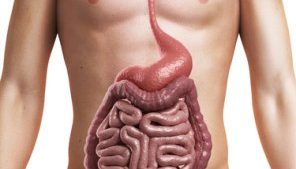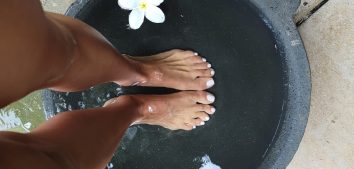
Active Not Only While Training
What does an active lifestyle mean to you? Does this involve regular training at the gym? Is it about taking 10,000 steps a day? Or maybe both? In fact, everyone interprets it in their own way.
The times are changing. Nowadays, work increasingly requires more intellectual skills from us and in turn, we use more seldom than ever the strength of our muscles to carry out the tasks. Of course, many people still work physically. However, these proportions have changed over the years and in real life we often end up sitting behind the desk.
What Does Our Lifestyle Comprise?
It is good to realise that your LIFESTYLE depends on several factors, and you can influence some of them, but others not so much. Examine in which spheres there’s still some room and opportunities for improvement:
- the type of work,
- the way of spending free time,
- the daily plan – planning your activities,
- sleep,
- planned physical activity – training,
- spontaneous physical activity – most related to free time and daily schedule.
I often hear the phrase: “my metabolism has slowed down.” Is this really true? When we look at it carefully, it turns out that your lifestyle has changed. We switch from public transport to cars and only walk 10 meters to get to the garage. Sometimes you change your job or apartment and suddenly you don’t have to take the stairs anymore because you live on the ground floor. Or you live so high that you choose the elevator. And in the mall? Escalators, elevators…
I can’t help but explain a very important concept in the context of physical activity. Namely, what is SPONTANEOUS PHYSICAL ACTIVITY.
NEAT (non-exercise activity thermogenesis) is the amount of energy expended during everyday activities, i.e. the so-called spontaneous physical activity (excluding planned training). It is a form of activity that is not planned and characterized in advance. What does the term NEAT mean? Activities such as: walking, standing, cleaning, climbing stairs, washing dishes, ironing, cooking, walking a dog, playing with a child, moving your legs while sitting or gestures.
Why Should We Move Not Only During Our Workouts?
If you are still wondering whether you should change something in your lifestyle, I have a few reasons for you why it IS WORTH MOVING. Regular physical activity – staying active every day reduces the risk of:
- hypertension,
- circulatory system diseases,
- cancer,
- type 2 diabetes,
- obesity.
Moreover, there is a BENEFICIAL EFFECT on:
- cognitive functions,
- mental health,
- sleep,
- reducing or maintaining healthy body weight.
How to Increase Spontaneous Activity? The Tips.
-
- Get up from your desk at least once per working hour and walk around the office/apartment.
- Choose the stairs over the elevator.
- Choose regular stairs, not escalators.
- If you can, sometimes replace your chair with an exercise ball – the muscles that stabilize your torso will have some work.
- You can replace commuting to work by car with public transport or introduce 1-2 days when you change to a bus/tram.
- Walk while talking on the phone.
- Park your car a little further from work and take a walk. Exercise in the morning will be good for your concentration.
- Go for a walk every day. It could be 15 or even 60 minutes. It is important to take care of regularity, thanks to which you will develop a new healthy habit.
Let me know in the comments how you rate your level of physical activity and whether there are areas you would like to work on. I hope the text gives you valuable tips to lead a better, healthier life. Take care of your fitness and set an example to those around you that it’s worth getting up from the couch!
Bibliography:
- Nowakowska K, Zadoń H, Michnik R, Mitas A. Konsekwencje siedzącego trybu życia polskich uczniów – czy ratunkiem będą aktywne krzesła? Edukacja – Technika – Informatyka. 2019; 3: 29.
- Rynkowska S, Tąpolska M, Owecki M. Epidemiologia Otyłości w Polsce i na świecie. Postępy Biologii Komórki. 2019; 46 (3), 235–242.









Comments No Comments
Join the discussion…